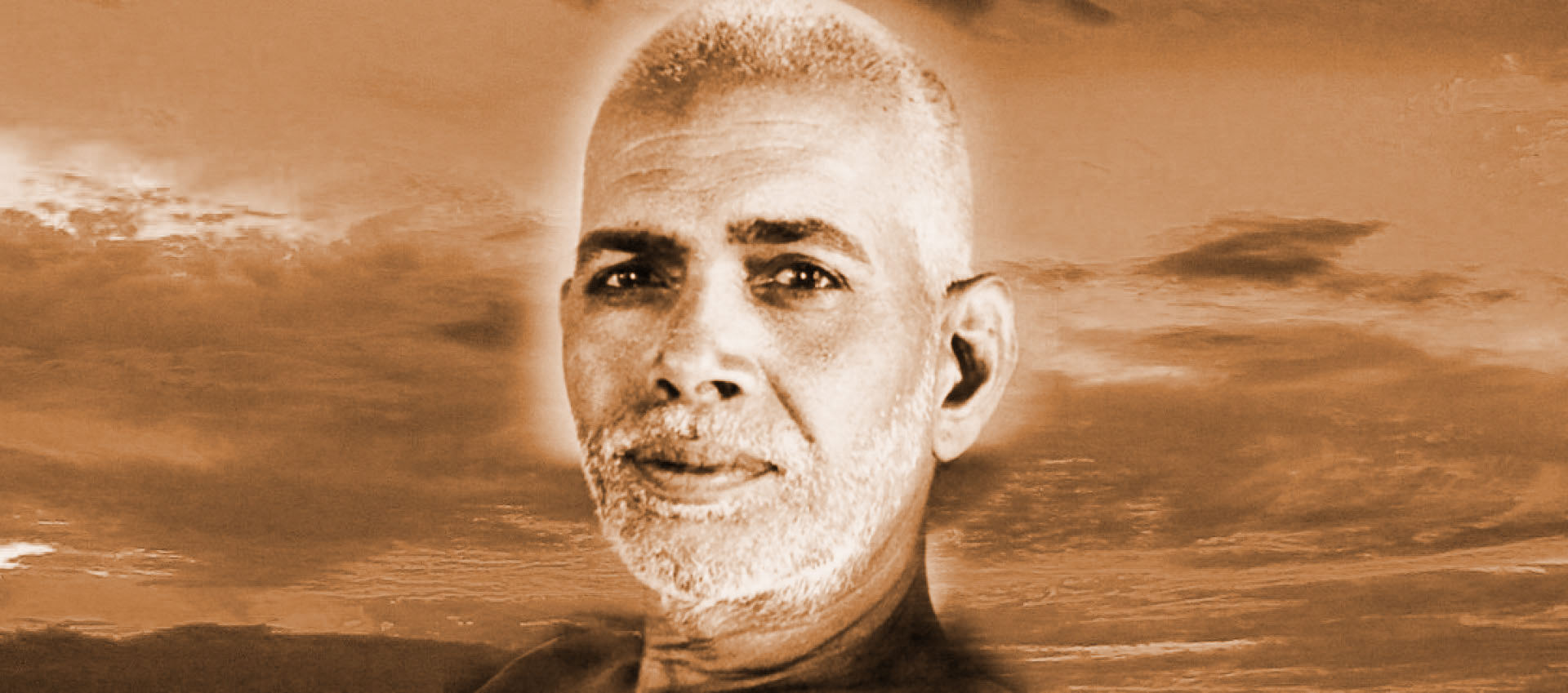
Who am I? How is it to be found?
B. V. Narasimha Swami, author of the book “Self-Realization” on Ramana Maharshi, asked:
Who am I? How is it to be found?
M.: Ask yourself the question.
The body (annamaya kosa) and its functions are not ‘I’.
Going deeper, the mind (manomaya kosa) and its functions are not ‘I’.
The next step takes on to the question. “Wherefrom do these thoughts arise?”
The thoughts are spontaneous, superficial or analytical. They operate in intellect. Then, who is aware of them? The existence of thoughts, their clear conceptions and their operations become evident to the individual. The analysis leads to the conclusion that the individuality of the person is operative as the perceiver of the existence of thoughts and of their sequence. This individuality is the ego, or as people say ‘I’. Vijnanamaya kosa (intellect) is only the sheath of ‘I’ and not the ‘I’ itself.
Enquiring further the questions arise,
“Who is this ‘I’? Wherefrom does it come?” ‘I’ was not aware in sleep. Simultaneously with its rise sleep changes to dream or wakefulness. But I am not concerned with dream just now. Who am I now, in the wakeful state?
If I originated from sleep, then the ‘I’ was covered up with ignorance. Such an ignorant ‘I’ cannot be what the scriptures say or the wise ones affirm. ‘I’ am beyond even ‘Sleep’; ‘I’ must be now and here and what I was all along in sleep and dreams also, without the qualities of such states. ‘I’ must therefore be the unqualified substratum underlying these three states (anandamaya kosa transcended).
‘I’ is, in brief, beyond the five sheaths. Next, the residuum left over after discarding all that is not-self is the Self, Sat-Chit-Ananda.”
D.: How is that Self to be known or realized?
M.: Transcend the present plane of relativity. A separate being (Self) appears to know something apart from itself (non-Self). That is, the subject is aware of the object. The seer is drik; the seen is drisya.
There must be a unity underlying these two, which arises as ‘ego’. This ego is of the nature of chit (intelligence); achit (insentient object) is only negation of chit. Therefore the underlying essence is akin to the subject and not the object.
Seeking the drik, until all drisya disappears, the drik will become subtler and subtler until the absolute drik alone survives. This process is called drisya vilaya (the disappearance of the objective world).
D.: Why should the objects (drisya) be eliminated? Cannot the Truth be realized even keeping the object as it is?
M.: No. Elimination of drisya means elimination of separate identities of the subject and object. The object is unreal. All drisya (including ego) is the object. Eliminating the unreal, the Reality survives.
When a rope is mistaken for a snake, it is enough to remove the erroneous perception of the snake for the truth to be revealed. Without such elimination the truth will not dawn.
D.: When and how is the disappearance of the objective world (drisya vilaya) to be effected?
M.: It is complete when the relative subject, namely the mind, is eliminated. The mind is the creator of the subject and the object and is the cause of the dualistic idea. Therefore, it is the cause of the wrong notion of limited self and the misery consequent on such erroneous idea.
Talks with Sri Ramana Maharshi
4th February, 1935
Talk 25.

